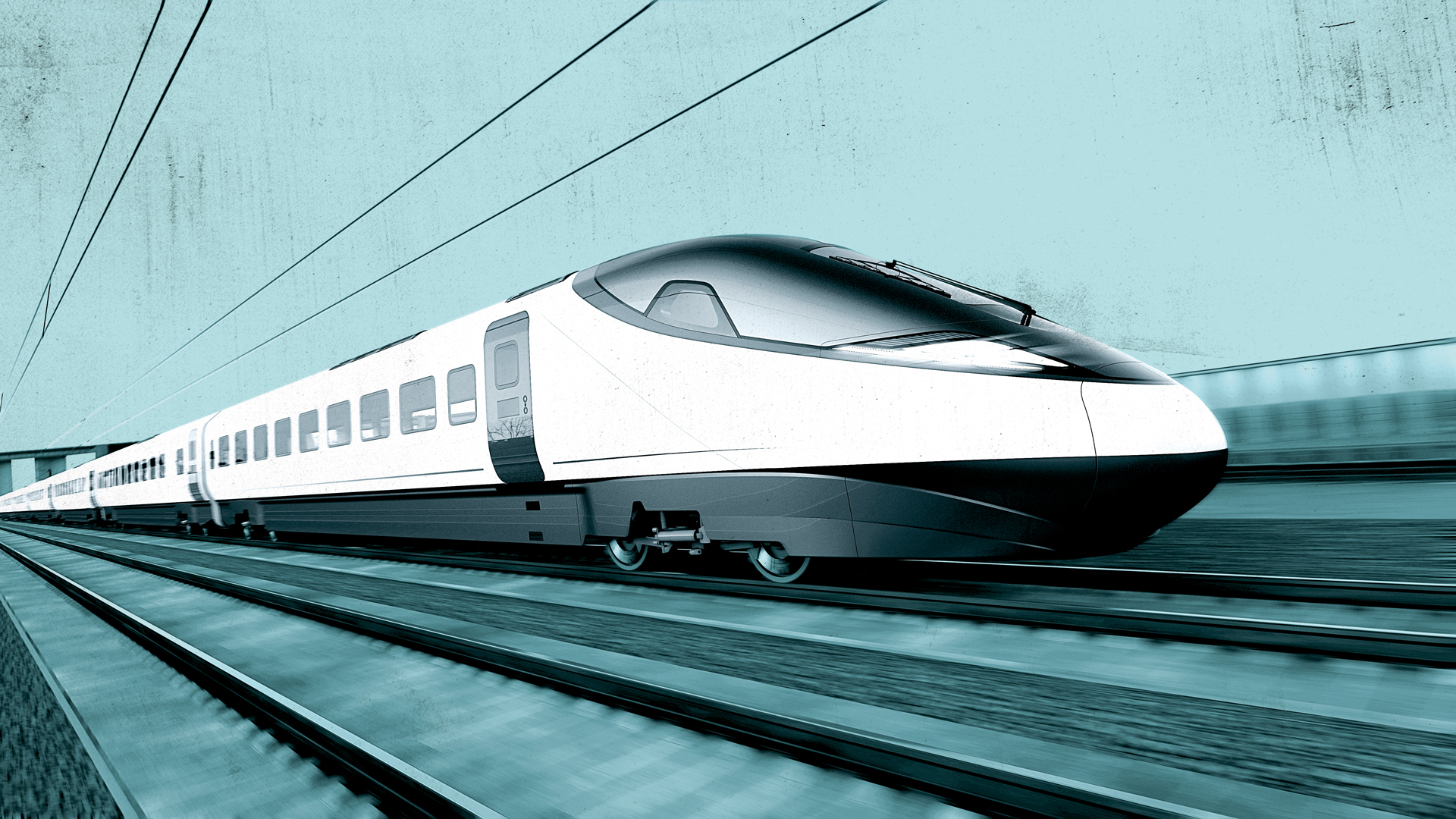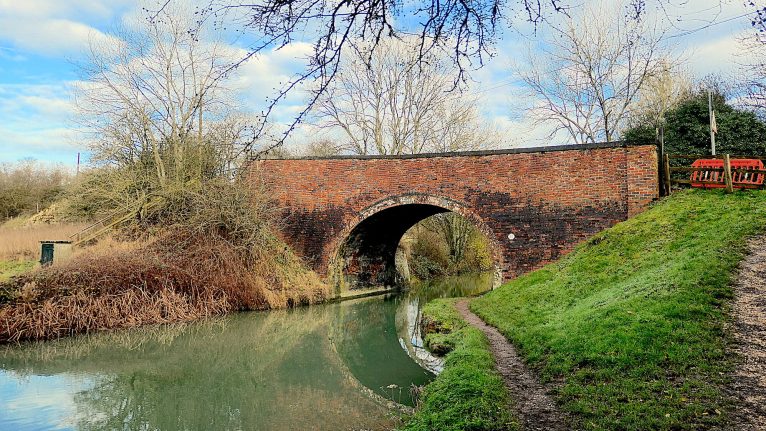HS2 or not HS2 – that is the question still being asked about the biggest infrastructure project under way in Britain to connect London with the north (though not as far north as originally planned). We’re giving a platform to Susan Ryall of High-Speed Rail Group who wants the project to go full steam ahead, and Penny Gaines of Stop HS2 who’d rather see it hit the buffers.
Susan Ryall, director, High-Speed Rail Group
Improving the UK’s rail infrastructure through HS2 will transform the country: not just with reduced journey times and carbon emissions, but by spreading economic benefits, prosperity and opportunity around the UK.
With the first leg of HS2 from London to Birmingham under construction, the next part of the line from the West Midlands to Crewe approved by Parliament, and legislation for extending the route from Crewe to Manchester now making its way through Parliament, we are moving ever closer to creating a new rail spine to connect communities across Britain. The challenge we now face is spreading awareness of the transformative advantages of high-speed rail, so that we can hand down a genuinely world-beating rail network to future generations.
On top of the environmental benefits, high-speed rail can help to provide the economic boost the country so badly needs
Susan Ryall
HS2 trains will be powered by zero-carbon energy, offering a cleaner alternative to car journeys and domestic flights. This commitment will play a key part in supporting aspirations to make the project net zero carbon from 2035. Significant investment has been made to ensure that HS2 is not just the biggest infrastructure project in Europe, but one of the greenest: with every mile of new track being constructed, HS2 is deploying everything from low-carbon concrete solutions to electrically powered cranes and diggers. People focus on the environmental consequences of construction, but fail to consider the bigger picture, like the shift from plane to train, cars taken off the roads and increased rail freight capacity reducing the need for lorries. HS1 is a great example – the environmental impacts are minimal and it has resulted in six million passengers from the UK choosing to travel internationally on low-carbon trains as opposed to taking carbon-intensive short-haul flights. Now, HS2 is looking to redefine what it means to be an environmentally responsible infrastructure project.
On top of the environmental benefits, high-speed rail can help to provide the economic boost the country so badly needs. Done right, investment in transport infrastructure can create more unified labour markets, improve access to local services, enhance firm-to-firm connectivity, and expand access to new and existing markets. HS2 is an economic programme as much as a transport one.









